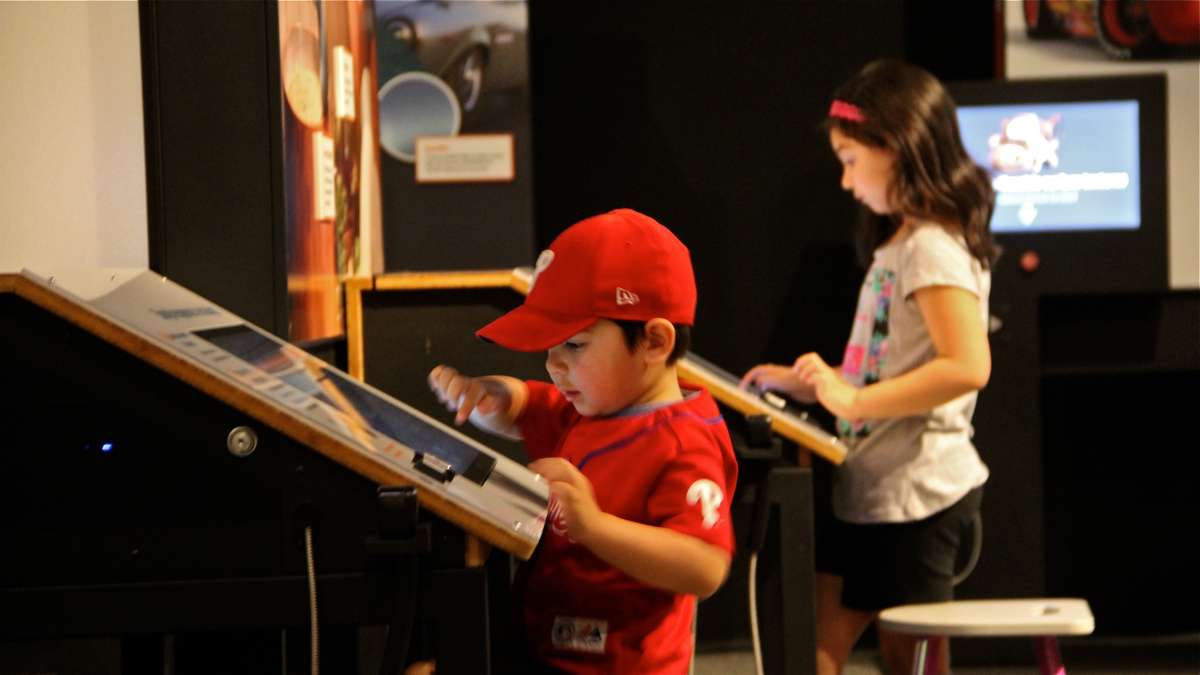The science of realistic animated hair, Pixar at the Franklin
Last week, the animation company PIXAR won an Academy Award for its film “Inside Out,” it’s eighth Oscar for best animated film.
Still, the guy involved with all those winning films has a hard time explaining to his mother what he does for a living.
“My mother says, ‘Explain again what it is you do? You put the numbers in and you get a picture?’ And I say, ‘Yeah, mom, I put the numbers in,'” said PIXAR technical director Eben Otsby. “When this exhibition opened in Boston I took her there and I really think it finally sunk in.”
With Boston’s Museum of Science, PIXAR has created an interactive, educational exhibition “The Science Behind PIXAR” that explains how computer animation is made, from modeling figures to digital textures to simulation.
Simulation is modeling the way objects react to other forces, like clothes on moving bodies, or grass in wind. One of the exhibits explains the math behind simulation using the example of Merida, the Scottish heroine from “Brave” (2012).
Merida’s iconic trait is her tangle of curly red hair — a wild mane of ringlets taking on a life of its own. Each of the hundreds of ringlets was created individually by a mathematical algorithm that mimics the action of a coiled spring. But the animators discovered that in reality hair is not like a spring. It has much more bounce.
“We realized we needed something to preserve the structure of the curl, but not impede the overall motion of the hair,” said animator Haley Ivan in one of the exhibition’s interactive videos. “Kind of like digital hairspray.”
So Ivan and colleagues invented a new digital algorithm that mimics a spring embedded with a set of smaller springs inside its coil, to make a more realistic bounce action.
“Figuring out how to make a hair simulation system that could help us achieve the feeling we wanted for Merida’s hair was hard,” said Ivan. “But it was worth it. Merida feels like a real girl: messy, wild, and free.”
The Franklin Institute hopes example like this will drive home the importance of a STEM education — science, technology, engineering, and math.
“Every now and then we nail it,” said Dr. Frederick Bertley, vice president of science and education at the Franklin Institute, noting the PIXAR exhibition combines pop culture and hard science.
“You’re not going to learn math. But you’ll understand why it’s important,” said Bertley. “That’s the hardest sell. ‘Why do I need to know this? It doesn’t impact my life.’ They will learn why math is important, and learn how math was applied to make these characters come alive.”
“The Science of Pixar” will be on view through the summer.
WHYY is your source for fact-based, in-depth journalism and information. As a nonprofit organization, we rely on financial support from readers like you. Please give today.











